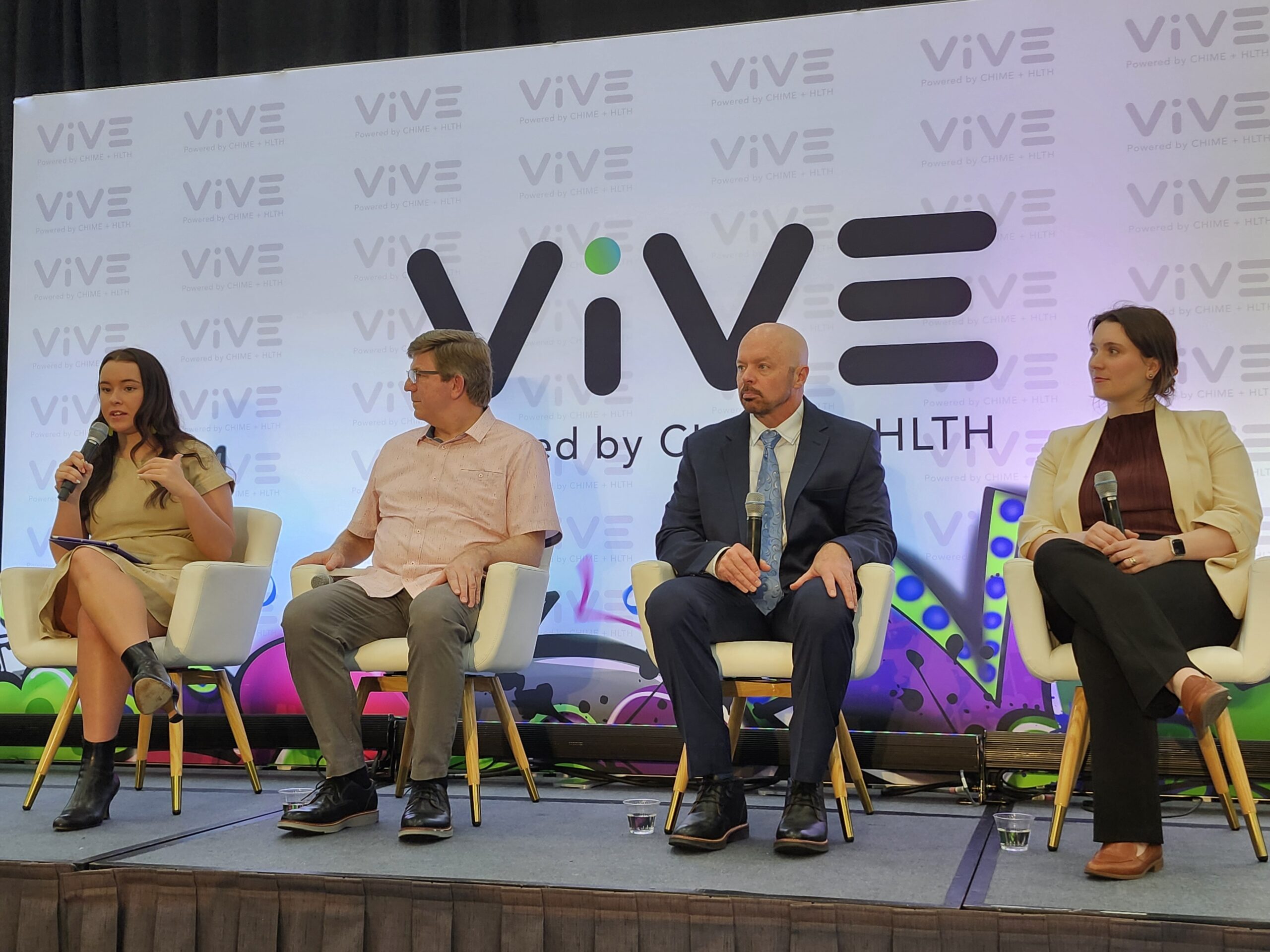I made a discovery this week about the novel anticoagulant medications, dabigatran (Pradaxa), rivaroxaban (Xarelto), apixaban (Eliquis) and edoxaban (Lixiana). I was looking into the often-asked question of how these new drugs compare to the old standard, warfarin.
The discovery felt like a Eureka moment. I ran it by my stats guy–my son–and a couple of colleagues, and they confirmed, that my discovery was truth. I’m working on a post now that discusses the details of how the medical world has been misled about these drugs. Stay tuned.
Medical Education:

At ViVE 2024, Panelists Share Prior Authorization Progress and Frustration in Payer Insights Program
At the Payer Insights sessions on Day 1 of ViVE 2024, a panel on prior authorization offered compelling insights from speakers who shared the positive developments in this area after years of mounting frustration. Speakers also shared challenges as they work with providers to figure out how policy developments and technology will work in practice.
For now, though, this revelation got me thinking about medical education. How does it happen that doctors (and patients) can be misled?
Many smart people think medical misinformation occurs in large part because industry pervades medical education. Examples abound, but look no further than the dronedarone (Multaq) blemish. The short story is that dronedarone was touted as a new wonder drug for AF. The marketing held it up as a metabolite of amiodarone that had the mother drug’s efficacy but none of its toxicity–an amiodarone light. This was hogwash. The drug was evaluated in studies designed to obfuscate. It was hyped by thought leaders with deep financial ties to the drug maker. And then, even when trial data and real-world experience demonstrated inefficacy, the hype persisted. Thought leaders continued to make dinner rounds in cities throughout Europe and the US. Not until the PALLAS trial showed that dronedarone increased mortality in patients with permanent AF, did the noise die down. The excessive hype was an embarrassment for the cardiology community.
This brings me back to continuing medical education or CME. Currently, most CME is offered to doctors free of charge. But, of course, everyone knows about free lunches. The way doctors get free (or discounted) CME is through industry funding. For-profit medical companies happily provide dollars and expertise for medical education. They hire thought leaders, often guideline writers, to do lectures and webinars. They fund medical societies who then curate the content of the education. Industry entwines itself in medical education.
Medical education, however, is not supposed to be like an advertisement. Ads are declared as ads. The lines blur when industry sponsors CME.

When Investment Rhymes with Canada
Canada has a proud history of achievement in the areas of science and technology, and the field of biomanufacturing and life sciences is no exception.
A skeptic might posit that a thought leader can easily tout a dubious drug during a CME activity. Mind you, not in a criminal ProVasic kind of way. Rather, the nimble-of-mind academic can hide behind relative risk ratios and dodgy study designs. The skeptic might say this is worse than an evening news ad or glossy spread in a print journal. I wonder: is it worse because it’s tricky? Or worse because it’s effective? Or both?
The same idea holds true for medical journal editors. They suspect a study is dubious but let it pass because they are conflicted by the need to sell journals and advertising space. A possible scenario: Let’s say a pacemaker company supports a journal with big advertising dollars. Then let’s say that pacemaker company suffers a ghastly lead recall. How easy will it be for editors to publish negative editorials or studies on that lead? I’m just asking. These are humans playing the game after all.
This stuff is important. I often find myself shaking my head at conferences. I think to myself: Are doctors really this gullible? They can’t see the manipulation?
Such examples lead some skeptics to say that medical education should be funded by only one source–the person consuming the education. Namely the doctors. This makes a lot of sense on paper. The problem comes in deciding how much CME should cost? How much will the teachers make? Who will do the teaching? Who will certify the teachers and the information?
Consider that I give CME lectures at my hospital. Lots of regular doctors do. We do it for nearly nothing. We do it as an avocation, not a vocation. But lectures at the home hospital are just a drop in the bucket of CME need. And who is to say that an unpaid Mandrola lecture is worthy? I gave lectures before I read Ben Goldacre. Maybe I misled the herd?
Social media — a potential solution?
Perhaps social media can outsource/crowdsource medical education? Social media and the Internet is changing the landscape of learning. Look at the FOAM experience, and PLOS, for instance. In education, look at what Sal Kahn has done.
Medical education is a tough problem. The practice of Medicine depends on the availability of effective medicines and devices. We need industry to educate us about their products. I can’t easily ablate AF without eye-popping technology from Johnson & Johnson.
The line separating skepticism from paranoia and nihilism is also blurry. One has to believe that humans, for the most part, are good. Medical thought leaders are no less human than any of us. We are all just ambling along trying to better ourselves first and humanity second. Right?
Call me naive, but I believe it’s possible that doctors and patients could be (partially) inoculated against industry manipulation. We can teach ourselves to look at absolute risks, NNT and study design. We can learn from the work of Drs. Harlan Krumholz, Sanjay Kaul, Eric Topol, Ben Goldacre, and many other voices of reason. We can learn to discern quality journalism from hype. Go read my colleagues at heartwire. I challenge you to find industry hype in their reporting.
And yes, doctors might even be able to learn from each other, on platforms like this.
JMM
This post appears through the MedCity Influencers program. Anyone can publish their perspective on business and innovation in healthcare on MedCity News through MedCity Influencers. Click here to find out how.












